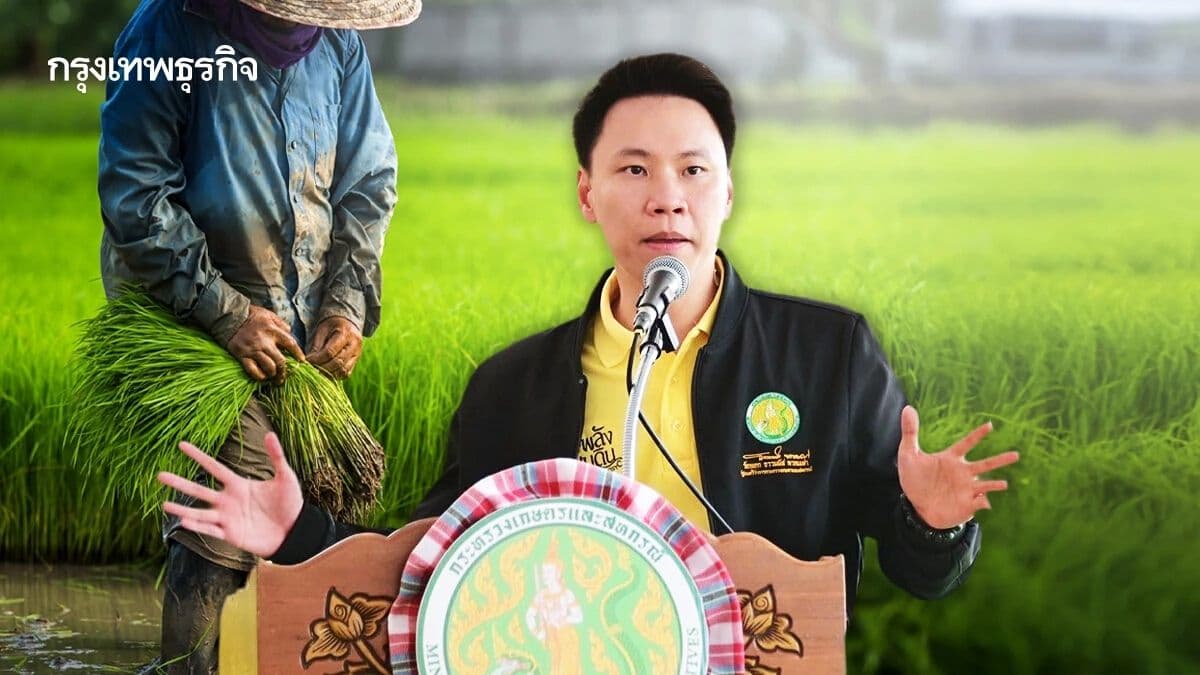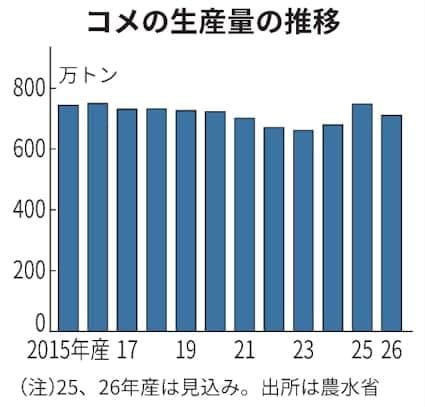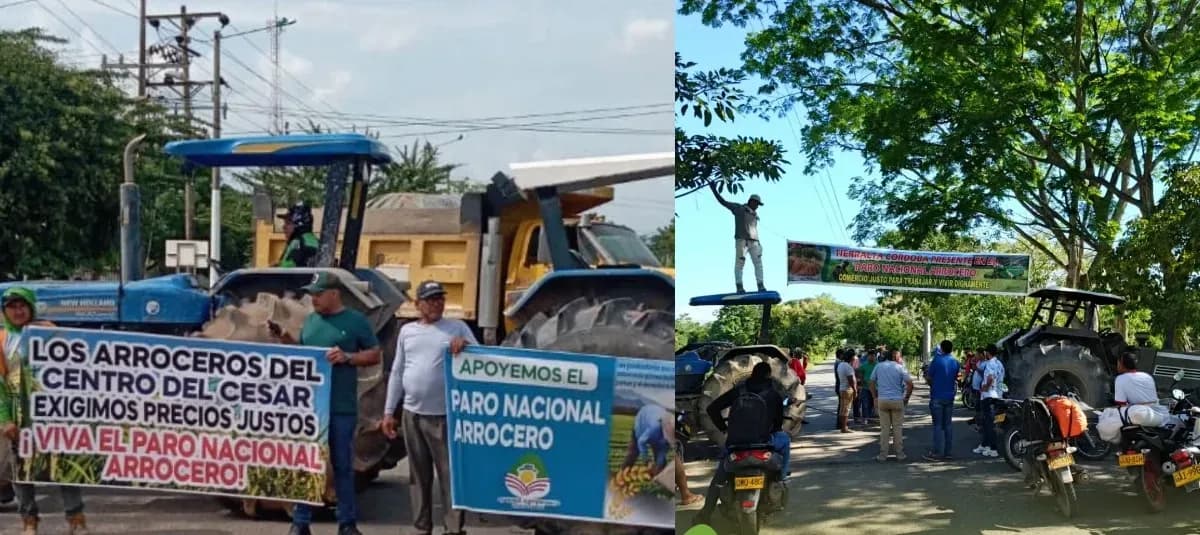Beyond the Bailout: Charting Stability for Thailand's Agricultural Backbone
Unpack Thailand's evolving farmer support, moving beyond immediate aid. Explore crucial policies, access methods, and the long-term vision for agricultural resilience.

The Evolving Landscape of Thailand's Farmer Support
Thailand's agricultural sector, the very backbone of its economy and culture, consistently faces multifaceted challenges, from climate volatility to market price fluctuations. In response, the government has long implemented various support measures, and the landscape of this aid is continuously evolving. Most recently, there's been significant news for rice farmers, specifically those cultivating in-season rice (Na Pi). The has given its nod to an increase in financial support for the 2025/2026 planting season. This aid will now stand at 1,200 Baht per rai, up from the previous 1,000 Baht, with a cap of 10 rai per household, meaning a maximum of 12,000 Baht per family. This substantial commitment, amounting to an estimated 40 billion Baht, is poised to benefit approximately 4.6 million households. However, as one door opens, another remains ajar: the proposed 1,000 Baht per rai for off-season rice (Na Prang) is still under review, awaiting further deliberation from the full ANBC committee. This ongoing dynamic underscores the government's adaptive approach to supporting its vital farming community amidst economic pressures.

Navigating Eligibility and Access: Your Guide to Participation
For Thai farmers, understanding how to access these vital support programs is just as important as the aid itself. The has streamlined the process, making it more accessible than ever before, primarily through digital channels. Farmers who have already registered can conveniently check their status and the progress of their government support via the Department of Agricultural Extension's online portal, efarmer.doae.go.th/checkFarmer. The process is straightforward: simply enter your 13-digit national ID card number and the 12-digit laser code found on the back of your card, then click 'Check Farmer Registration Status.' For those new to registration or adding new plots, the system also offers online registration through efarmer.doae.go.th/login, or the traditional route of visiting a District Agricultural Office. When opting for in-person registration, remember to bring your original ID card and land ownership documents. This dual approach ensures that both digitally savvy farmers and those who prefer traditional methods can participate, reflecting a commitment to broad inclusion in the aid programs.

The Farmer's Unfiltered Voice: Hopes, Challenges, and Realities
While the government's announcement of increased aid for in-season rice growers brings a wave of relief and hope to millions, it also shines a light on the persistent realities faced by Thailand's agricultural community. The substantial 40 billion Baht allocation for 4.6 million households certainly represents a much-needed lifeline, helping to offset rising production costs and fluctuating market prices. Farmers, who often operate on razor-thin margins, undoubtedly welcome this direct financial injection, viewing it as a recognition of their essential, yet often precarious, work. Yet, beneath the surface of this positive news, challenges persist. The unresolved status of support for off-season rice cultivation, impacting an estimated 850,000 households, creates an undercurrent of uncertainty. Many farmers rely on multiple harvests throughout the year, and the lack of a definitive plan for off-season aid leaves a significant portion of the farming population in limbo. This ongoing need for financial assistance underscores the inherent vulnerabilities within the sector, from unpredictable weather patterns to global economic shifts, highlighting that direct aid, while crucial, is often a response to deeper systemic issues rather than a comprehensive solution for long-term prosperity.

Policy in Motion: Key Decisions Shaping Tomorrow's Harvest
The recent decision to boost support for in-season rice farmers serves as a clear illustration of policy in action, directly shaping the economic prospects for millions. The approval came from the during a meeting chaired by , the Minister of Agriculture and Cooperatives. What's notable about these discussions is the multi-stakeholder participation, bringing together government officials, private sector representatives, and crucially, farmer representatives themselves. This collaborative approach aims to ensure that policies reflect the ground realities and needs of those directly impacted. The move to raise the per-rai subsidy from 1,000 to 1,200 Baht for the 2025/2026 in-season crop, capped at 10 rai per household, represents a significant budgetary commitment of 40 billion Baht. This measure is explicitly framed as support for 'management costs and quality development,' hinting at broader policy objectives beyond mere income stabilization. However, the policy landscape remains dynamic, with the proposed 1,000 Baht per rai for off-season rice still awaiting finalization from the larger ANBC committee. This ongoing deliberation highlights the complexity of agricultural policy, balancing immediate needs with long-term strategic considerations.
Cultivating Future Resilience: A Long-Term Vision for Thai Agriculture
While immediate financial aid provides crucial relief, the true measure of success for Thailand's agricultural sector lies in fostering long-term resilience and sustainable prosperity. The current support measures, particularly the emphasis on 'management costs and quality development,' offer a glimpse into a broader vision. This isn't just about handing out money; it's about investing in the efficiency and competitiveness of Thai rice production. To move 'beyond the bailout,' future policies will likely need to focus on empowering farmers with the tools and knowledge to thrive independently. This could involve promoting crop diversification to reduce reliance on a single commodity, enhancing water management techniques to combat drought and floods, and investing in climate-resilient farming practices. Furthermore, facilitating direct market access for farmers, fostering value-added processing, and leveraging agricultural technology could significantly improve livelihoods and reduce the need for constant subsidies. The unwavering spirit of Thailand's agricultural community is its greatest asset. By coupling targeted financial assistance with strategic long-term investments in innovation, education, and market integration, the nation can cultivate a future where its agricultural backbone stands strong, resilient, and prosperous, less dependent on short-term interventions and more self-sufficient.
Related Articles

Beyond the Baht: Navigating the Future of Thai Rice in a Shifting Landscape

Beyond the Baht: Navigating the Future of Thai Rice in a Shifting Landscape

Harvesting Resilience: Thailand's Proactive Shield for Borderland Agriculture

Harvesting Resilience: Thailand's Proactive Shield for Borderland Agriculture

Japan's Rice Crossroads: The Unending Quest for Balance in the Paddy Fields

Japan's Rice Crossroads: The Unending Quest for Balance in the Paddy Fields

Harvesting Justice: Colombia's Rice Farmers' Fight for Livelihoods and National Food Security
